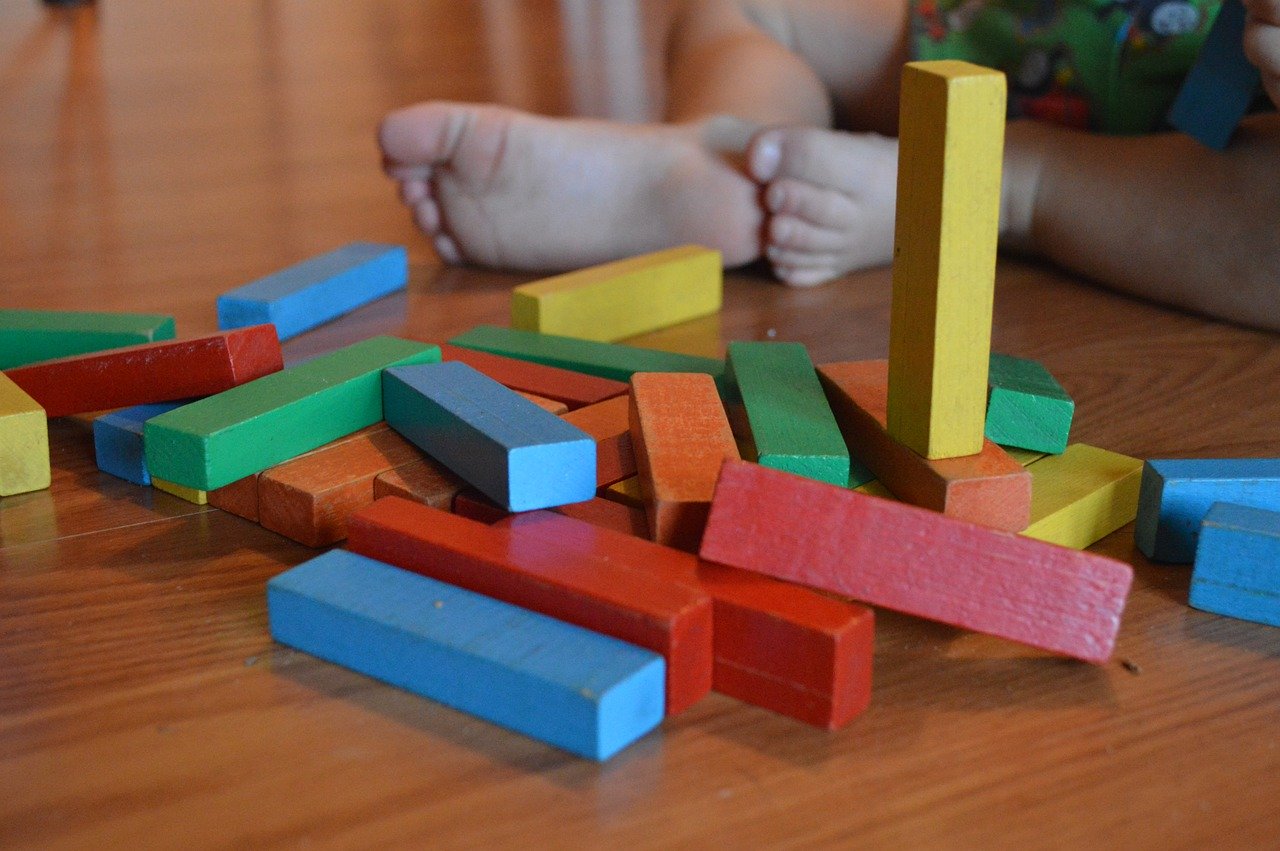In April 2020 researchers from the USA published the results of their study to assess the association between learning through first-hand experience, including social activities and screen viewing in the first 18 months of life, perinatal factors, and demographic factors with autism spectrum disorder-like symptoms and risk of autism spectrum disorder in toddlers at 2 years of age. A total of 2,152 children (1,099 boys, 1,053 girls) who had been included at birth in a study on environmental influences on child health and development were involved in this study. Information was reported by the caregiver on whether the child viewed television and/or videos (yes or no) at 12 months of age, hours of viewing at 18 months of age, time spent by the caregiver reading to the child (number of days/week compared with daily) at 12 months of age, and frequency of playing with the child (daily or less than daily) at 12 months of age. Results showed that greater television and/or video viewing at 12 months of age was significantly associated with a higher risk of autism spectrum disorder-like symptoms at 2 years of age but not with risk of autism spectrum disorder risk. In addition, greater parent-child play was significantly associated with fewer autism spectrum disorder-like symptoms at 2 years of age but not with risk of autism spectrum disorder. However, high screen viewing at 18 months of age did not appear to be significantly associated with autism spectrum disorder-like symptoms at 2 years of age.
Heffler KF et al. Association of Early-Life Social and Digital Media Experiences With Development of Autism Spectrum Disorder-Like Symptoms. JAMA Pediatr. 2020 Apr 20. [Epub ahead of print]

